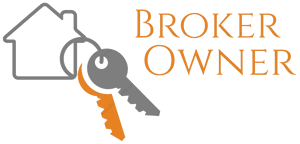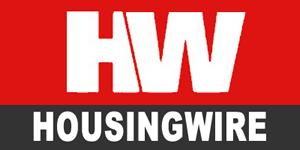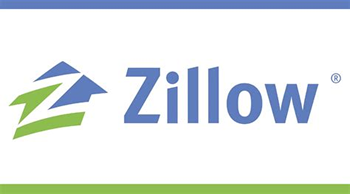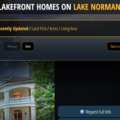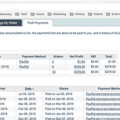U.S.-China trade deal gives no relief to homebuilders
A televised ceremony is planned at the White House on Wednesday, with farmers standing round to watch President Donald Trump sign a “Phase One” trade deal with China that will reduce some tariffs.
Don’t look for happy homebuilders in the crowd. Most of the items they might use as they try to solve America’s housing shortage by constructing new homes at affordable prices aren’t included in the deal. The supply of houses on the U.S. market in November fell to an all-time low for the month, according to the National Association of Realtors.
The punishing 25% levy on the so-called List 3 items, full of construction materials, announced in May via presidential tweet will remain in place, according to details that have emerged in recent days. That means no relief for tariffs on asphalt, used to make roof shingles.
Cement is also on the no-relief list, as well as screws, bolts, nuts, washers, circular saw blades, vinyl tile flooring, gypsum used in drywall, and quicklime, an ingredient in cement.
The agreement that’s set to be signed doesn’t touch 25% tariffs on more than 6,800 goods from China that were the casualties of the first 18 months of the trade war. It reduces to 7.5% the latest rounds of tariffs implemented in September at 15% for items on List 4a, including agricultural products and livestock, and prevents tariffs on List 4b, mostly consumer products.
Other construction material on List 3 that will stay at 25% tariffs: Medium-density fiberboard, known as MDF, used for furniture and kitchen cabinets, and oriented strand board, or OSB, used for subfloors and roof underlays. In cases where China wasn’t the main source for various types of building material, having a backstop of cheaper options served as pressure to keep prices for U.S.-made items in check.
Those older tariffs may have to wait until after the 2020 election, President Donald Trump told reporters on Thursday.
“I think I might want to wait to finish until after the election, because by doing that, I think we can actually make a little bit better deal, maybe a lot better deal,” Trump said.
The older tariffs not included in the new deal amount to a “$2.5 billion tax increase on the industry,” the National Association of Home Builders said when the List 3 duties went into effect last year.
It’s also a tax on consumers. The Federal Reserve Bank of New York said in a report last year that the List 1, List 2, and List 3 tariffs – in other words, the tariffs that are not changed by the new deal – are costing U.S. households $831 per year.
The tariffs are not paid by China, contrary to Trump’s oft-repeated claim. The Customs and Border Protection agents give the bill to the U.S. companies importing the goods.
The only positive for housing in the Phase One deal is: Any reduction in retaliatory tariffs put in place by China will provide some support for the manufacturing sector, which will help the housing market in regions that rely on it, said Robert Dietz, NAHB’s chief economist.
“The indirect effects of tariffs are seen in regional economies that are weaker due to the reduction in exports,” Dietz said. “We looked at U.S. counties with economies connected to manufacturing, and found they were really hurting.”
